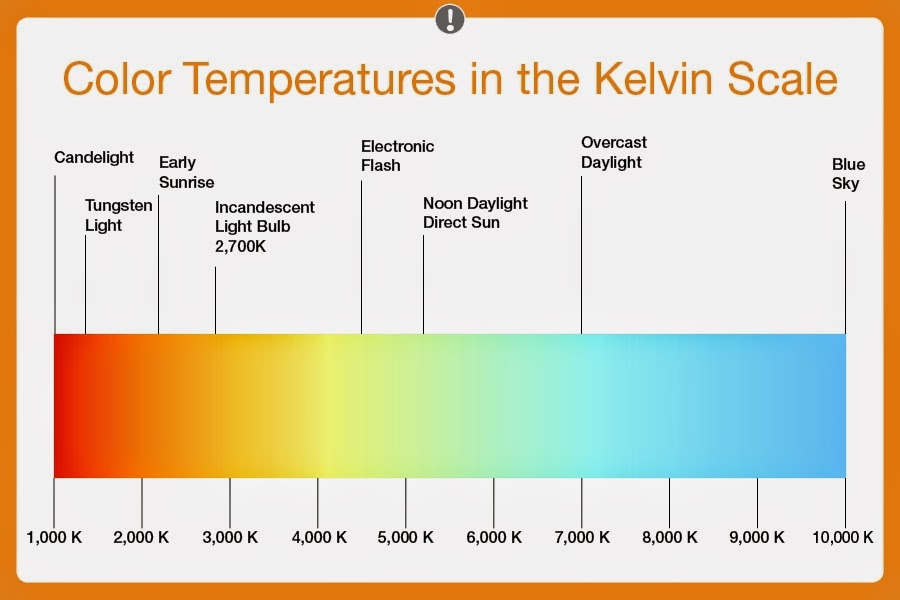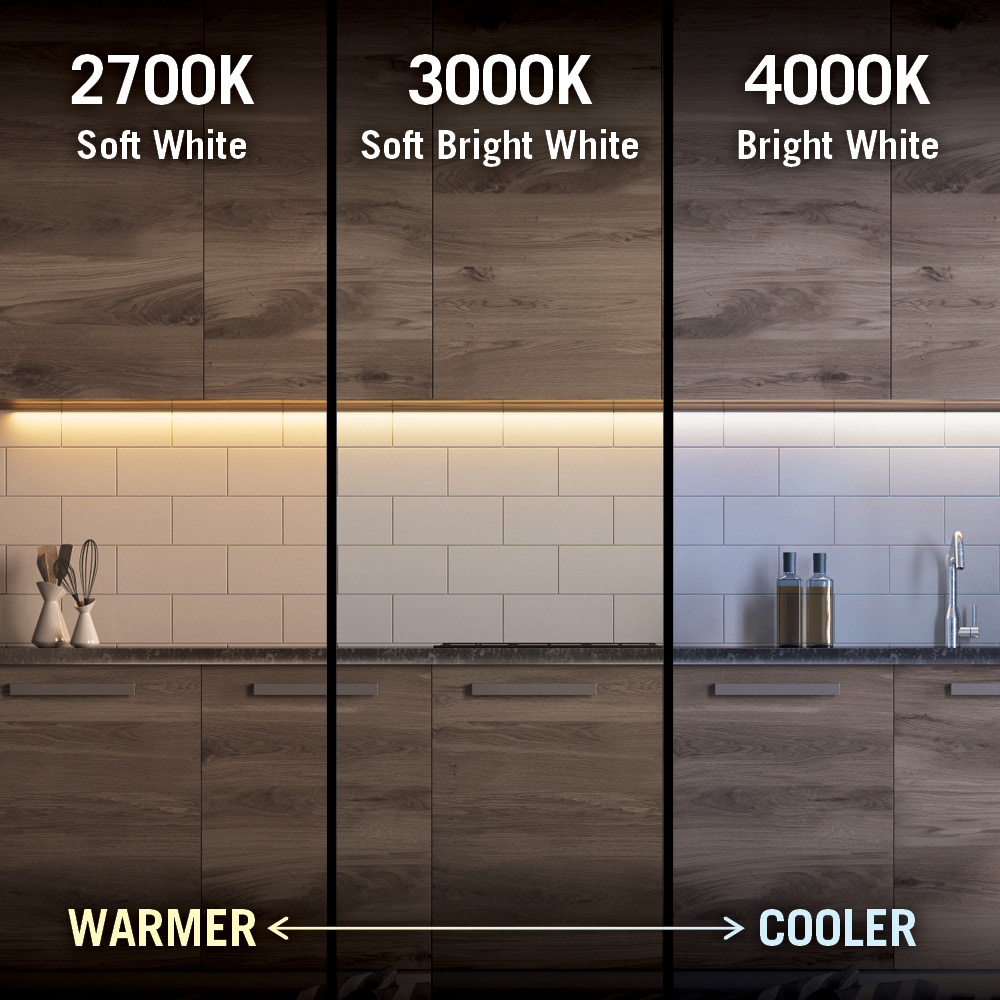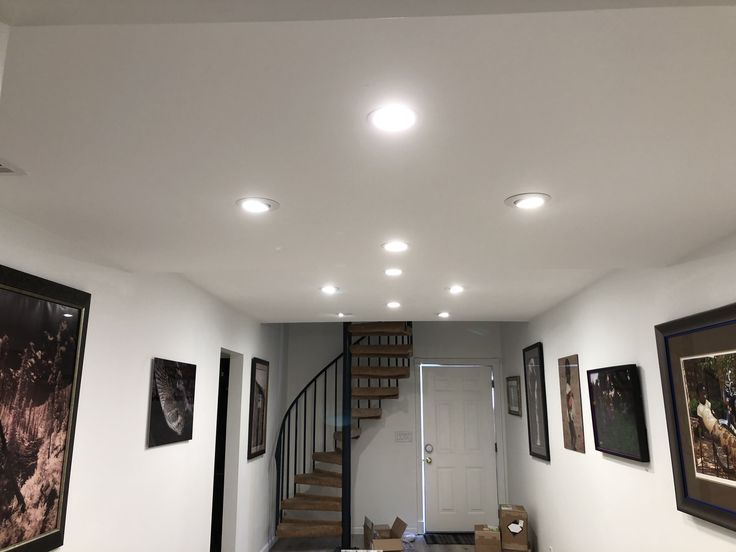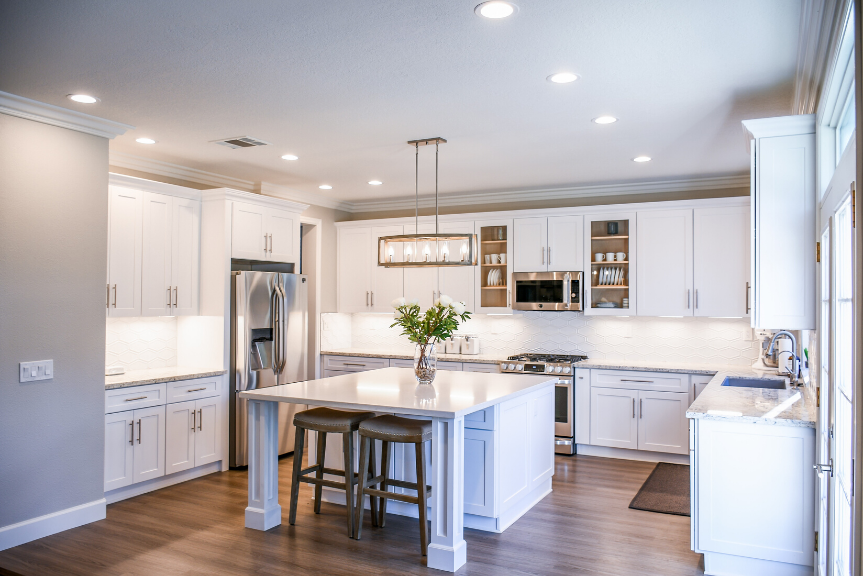When buying a new light bulb or deciding to replace the old lighting option in your home, it is important to consider the different temperatures available. In this article, we will explore the differences between 3000k vs 4000k light bulbs so that you can make an informed decision about which one is right for your needs.
Color Temperature Spectrum - What's It?

First, let's take a look at the color temperature spectrum. This will help to explain what each type of light bulb emits.
On one end of the spectrum is cool white light, typically around 6000-6500k. This blue-hued light is often used in commercial settings because it helps to increase alertness and productivity. On the other hand, warmer white lightbulbs fall closer to 2700k on the color temperature scale. This yellow-tinted light is more inviting and calming, making it a popular choice for homes.
In between cool white and warm white light is natural white light, which has a color temperature of around 3500-4100k. This type of light is somewhere in the middle of the spectrum and can be used for various purposes.
How is it measured?
Color temperature compares the hue of a particular light source to that of a black body radiator. These are objects that emit light when they are heated to high temperatures, such as the sun. The Kelvin scale is used to measure color temperature, with the lowest end (around 2700k) being equivalent to warm white light.
As we move up the scale, the light becomes cooler and bluer in appearance. For example, 4000k light is closer to the color of daylight than 2700k light. Note, that the blue sky color temperature can be up to 10,000k. That is very blue!
So, what does this all mean? Well, let's take a closer look at 3000k vs 4000k light bulbs to see how they differ.
3000K vs 4000K light - What's the Difference?
Color Temperature: 3000k lights are slightly warmer than 4000k lights, making them more inviting and comfortable for living spaces. The color temperature affects your mood, so if you want a relaxing atmosphere, 3000k light is a good choice.
Luminosity: 4000k light bulbs are brighter than 3000k light bulbs. If you need a bright light for working or studying, 4000k is the way to go. Moreover, luminosity also affects your mood, so if you want an energizing atmosphere, 4000k light is a good choice.
Energy Efficiency: 3000k light bulbs are more energy-efficient than 4000k light bulbs. If you're looking to save money on your energy bill, 3000k is the way to go.
Price: Generally speaking, 4000k light bulbs are more expensive than 3000k light bulbs. However, this price difference is usually not significant. That is, if you're trying to save money, 3000k is the way to go.
So, after getting acquainted with all the main differences above, let`s talk more about the 3000K vs 4000K light competition. In general, people like to use natural white light (3500-4100k) because it is more comfortable for the human eye and can be used for different purposes.
However, some people prefer warmer light (3000k) for living spaces because it is more relaxing, while others prefer cooler light (4000k) for working and studying because it is more energizing. So, it all comes down to personal preference in the end.
In case you are a designer or making a DIY project at home, we would recommend using different light temperatures in one space to create a more unique and intimate atmosphere. For example, you can use 3000k light in the living room for relaxing and 4000k light in the kitchen for cooking.

What Are the 3000K LED and 4000K LED Similarities?
When thinking of 3000K vs 4000K light, it is important to consider that both options have their own unique benefits. However, there are also some similarities between the two. For example, both 3000k and 4000k light bulbs emit natural white light, which is comfortable for the human eye. Moreover, both options are energy-efficient and can help you save money on your energy bill. So, if you're looking for a light bulb that is both efficient and comfortable, either 3000k or 4000k is a good choice.
3000k and 4000k light bulbs are common in many settings, including malls, stores, offices, and homes. That is obvious, but what is the best light color temperature for a specific setting?
The answer to this question is not simple because it depends on many factors, such as the purpose of the space, the type of activity that will be taking place, and personal preference. However, in general, natural white light (3500-4100k) is a good choice for most settings because it is comfortable for the human eye and can be used for different purposes. If you're looking for a light bulb that is both efficient and comfortable, either 3000k or 4000k is a good choice.
What Kelvin is best for kitchens?
Your kitchen may be as light as you want it, but the Kelvin Temperature will define the light’s color. The lower the number of Kelvin, the warmer the light will appear; whereas the higher the number, the cooler/whiter the light will appear.
Kelvin temperatures between 2700K and 3000K are considered warm white or yellow hues, perfect for adding a bit of coziness to your space. This color temperature is also ideal if your home has yellow undertones as it will help balance out any coolness. So, if your kitchen is made with light colors and you want it to be cozy, we recommend using a light bulb with a Kelvin temperature of 2700K-3000K.
On the other hand, if your kitchen is made with dark colors and you want it to be more vibrant, we recommend using a light bulb with a Kelvin temperature of 3000K-4000K.
Is 4000K too bright for the bathroom?
Another room in your house where light plays a significant part is the bathroom. The bathroom is a space where you need a good amount of light to be able to see yourself properly when doing your makeup or shaving, for example. However, you don’t want the light to be too harsh because it can be unflattering.

So, what Kelvin temperature should you use in your bathroom? In general, we recommend using a light bulb with a Kelvin temperature of 3000K-4000K because it is bright enough to allow you to see clearly but not so bright that it becomes unflattering.
If you want to create a more relaxing atmosphere in your bathroom, you can use a light bulb with a lower Kelvin temperature (2700K-3000K). This will give the room a warm, yellow hue that is cozy and inviting.
What color light is best for the dining room?
When thinking of 3000K vs 4000K light for your dining room, you have to consider several factors. One of these is the type of atmosphere you want to create in the space. If you want your dining room to feel warm and inviting, then 3000K light may be the best option. This color of light is often used in restaurants because it makes people feel more comfortable and relaxed.
On the other hand, if you want your dining room to feel more formal and sophisticated, then 4000K light may be the better choice. This color of light is often used in hotels and other high-end establishments because it creates a luxurious atmosphere.
Another factor to consider is the size of your dining room. If you have a small dining room, then you may want to go with 3000K light because it will make the space feel larger. However, if you have a large dining room, then 4000K light may be the better option because it will provide more illumination.
Finally, you have to think about your personal preference.
What Else Should You Consider Except Color Temperature?
People strongly recommend considering CRI when selecting a light. CRI is short for Color Rendering Index and it reveals how well a light source makes the color of an object appear to human eyes and how natural colors look under that light. The maximum CRI value is 100, which means all the colors are rendered perfectly. However, in many cases, it is not necessary to have such high CRI values and lights with lower values (70-80) can also provide good color rendering.
Lights with a high CRI are often more expensive than those with a lower CRI because they require more sophisticated technology. However, if you are looking for lights for your home, we recommend choosing ones with a CRI of 80 or higher because they will make your space look more natural and inviting.
Moreover, pay attention to the brand of the light bulb. Not all light bulbs are created equal and some brands are better than others in terms of quality and durability. In general, we recommend choosing light bulbs from well-known brands that have a good reputation.

Finally, consider the price of the light bulb. While you may be tempted to choose the cheapest option, keep in mind that cheaper light bulbs often have a shorter lifespan and they may not provide as much light as more expensive ones. So, it is important to find a balance between price and quality when choosing light bulbs for your home.
Bottom Line
This 3000K vs 4000K light competition is not an easy one. Both light colors have their pros and cons and it ultimately depends on your personal preference as to which one you choose. However, we recommend taking into consideration the factors we mentioned above before making your final decision.
Whichever light color you choose, make sure to buy high-quality light bulbs from a well-known brand to get the best results.